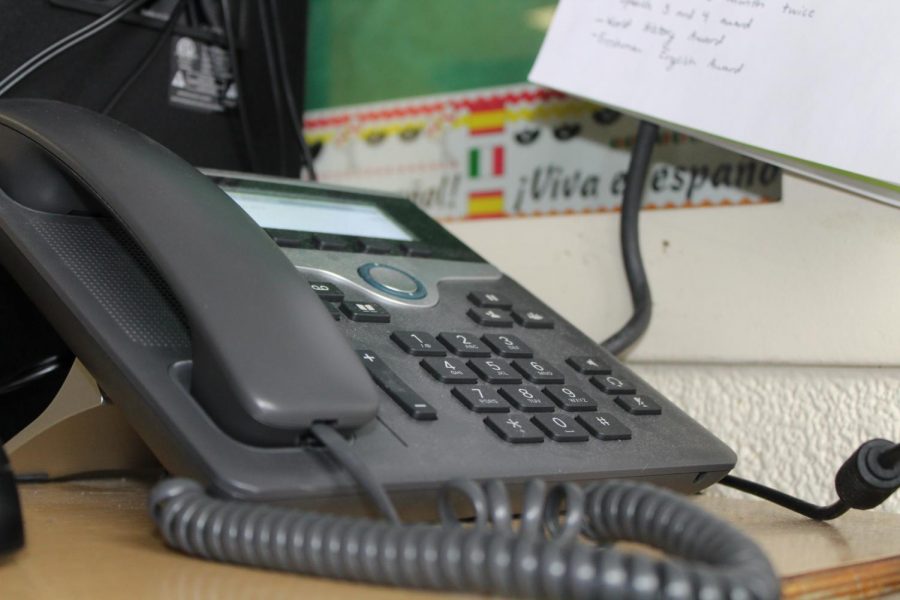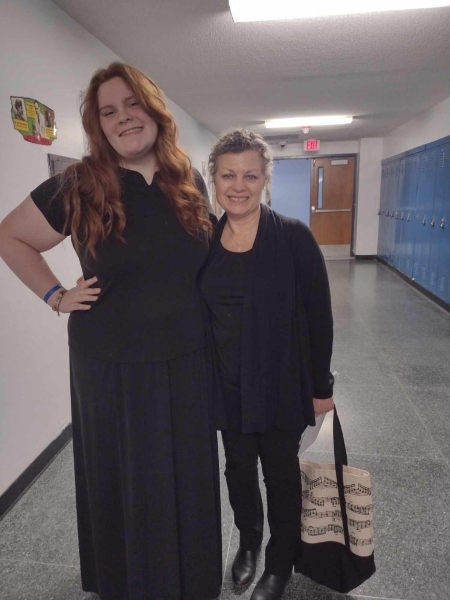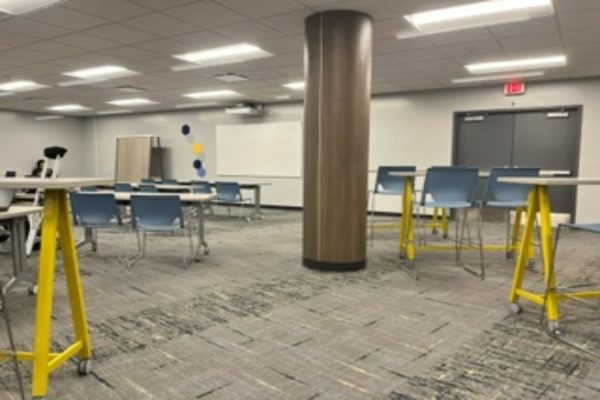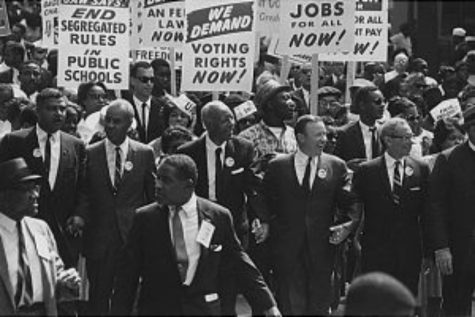Direct dialing turns 67
IMAGE / Brennan Ulman
Direct dialing was invented 67 years ago, bringing ease to telephone calling. Today, we are beginning to run out of 10-digit phone numbers.
Direct dialing, a daily part of our telecommunications, has turned 67 this month.
Direct dialing is a telecommunication service in which a caller may, without assistance from an operator, call any phone number outside of the local calling area.
In 1951, the first official direct dialing phone call was made when the mayor of Englewood, N.J., called their counterpart in Alameda, Calif.
Since then, direct dialing has been a tool many of us use every time we make a phone call.
Direct dialing was created to make communication easier and to create a direct way of contacting long distance friends and family.
Previous to direct dialing, anyone wishing to make a long distance call went through an operator instead of directly calling the phone number.
In the beginning there were roughly 86 telephone exchanges.
Today, however, due to the wide expansion and popularity of cellphones, we are quickly running out of 10-digit phone numbers.
On average, American consumers will pay around $307 annually for home phone services and almost $1,124 for cellphone services.
Despite popularity with “do-it-yourself” dialing, there are around 31,000 phone operators in the United States alone.
Lindsey Bouchard, senior, feels that direct dialing has made communications better.
“I think that direct dialing has made communications and phone calls much easier, simpler, and more efficient,” Bouchard said.
Many of us do not think of how easy it is to make long distance phone calls in the past decade, but it is always important to remember and be thankful for the ease direct dialing has given us.
Regardless of its acknowledgement, direct dialing will remain a huge part of our daily telecommunications and will continue to impact communications in the future.

Birthday: Feb. 12, 2001
Hobbies/Interests: Playing guitar and listening to music.
Favorite Quote: "The internet made fame wack and anonymity...











